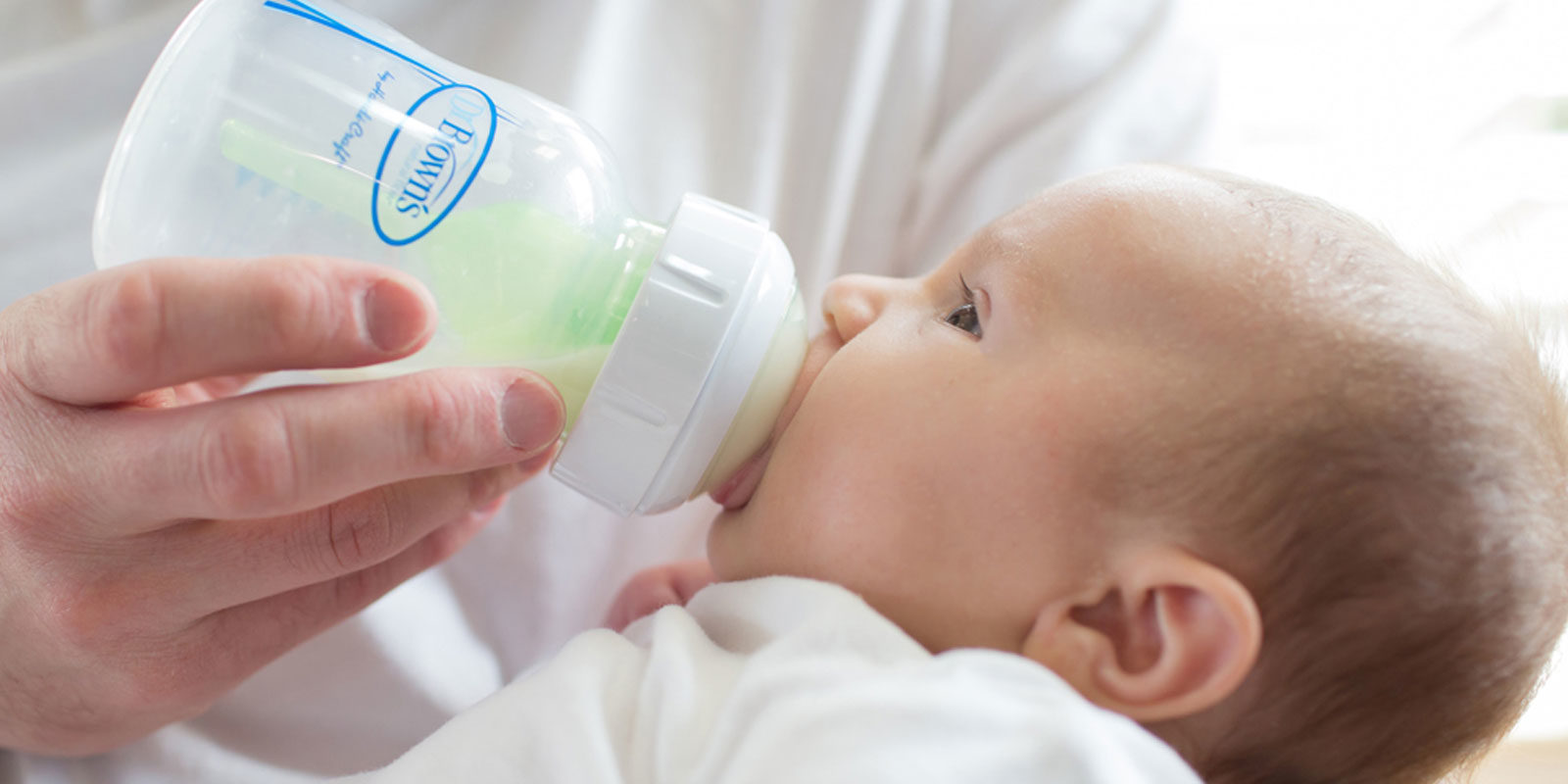So much happens in the first 18 months of baby’s life. From feeding to sleeping, physical growth and mental leaps – your baby is changing on a daily basis. It can be overwhelming to try and keep up, which is exactly why we’ve broken it down into digestible chunks based on ages and stages, both to help you better retain and give you an easily accessible resource based on topic. Of course, this isn’t all- encompassing, and we encourage you to use as many sources as possible to learn all about your little one.
In the Baby Guide, we’ll cover Feeding, Sleeping, Physical Development, and Mental/Emotional Development for full-term newborns up to three months of age.
First up? Feeding Baby in the First 3 Months! Let’s get started.

In the first few months of life, baby will largely feed on demand – meaning, they’ll tell you when it’s time for food – until you work in a feeding schedule, if you so desire. Overnight feedings may be more scheduled, spaced 2 -3 hours apart and then 3 – 4 hours apart. Baby will start off taking in less at a time and more often, and within about two weeks, begin taking in more at a time, less often. In addition to vitamins, baby needs calcium, fat, folates, iron, protein, carbohydrates, and zinc for healthy growth – all of which can be found in breastmilk and formula.
Learn Breastfeeding Techniques and Positions
If you’ll be doing any bottle feeding, nipple flow level is an important term to learn. Baby’s are born with preferences – especially if you are primarily breastfeeding – and will let you know if a bottle nipple flow level is too fast or slow. Read all about Dr. Brown’s nipple flow levels and signs it’s the right fit.
Learn Bottle Feeding Techniques and Positions
While baby should feed at least eight times a day in the beginning, learning baby’s hunger cues is important to knowing when they’re ready for another round. This takes time, so with each feeding, note what she was doing prior and whether or not being fed was the solution, which will help you determine your baby’s most commonly used cues. You’ll also want to keep notice of cues that baby is done feeding, such as falling asleep or appearing satisfied.
Learn Tricks to Increasing Milk Supply
You’ll know that baby is feeding enough based on a few things. If you pump or use formula and bottle feed, keep track of their ounce intake with each feeding; you can request the same information from caretakers if you are unable to be with them for the full first three months. For exclusively breastfeeding moms, it comes down to tracking dirty diapers and weight gain. Regardless of how you’re feeding, though, tracking their – ahem, output, is a great way to monitor their overall health and growth. Newborn stools are wildly gross (in look and smell), appearing much like tar. Soon, though, it will lighten to a nice yellow and soften – just in time for those blowouts to begin.
All this said, there’s one really important thing to note: Every baby is different. This guide is to give you a starting point to help you find your individual baby’s nuances and things that make them, well, them! Always keep your pediatrician and lactation consultant in-the-know and discuss with them any concerns you have about baby’s feeding.
Happy Feeding™!
